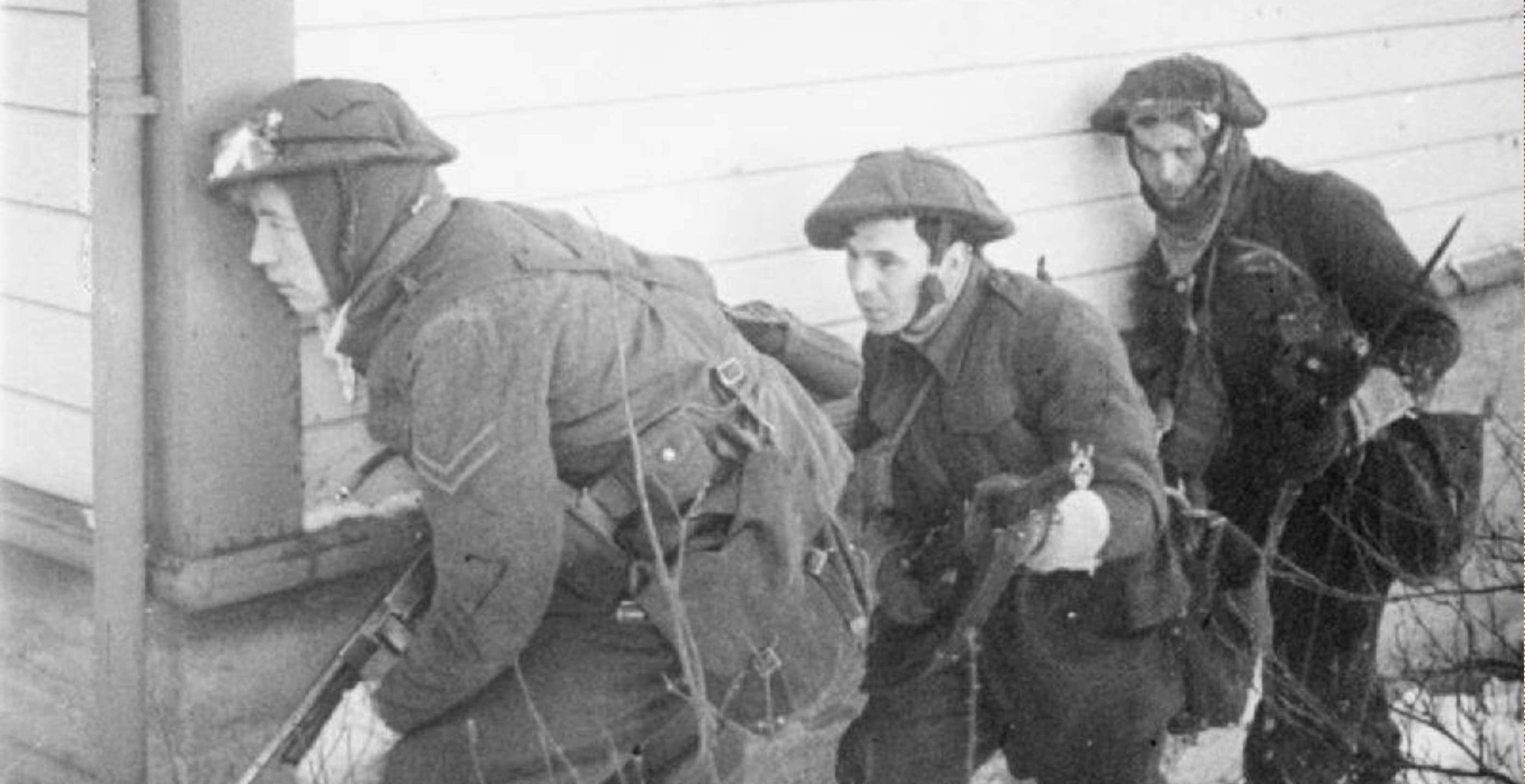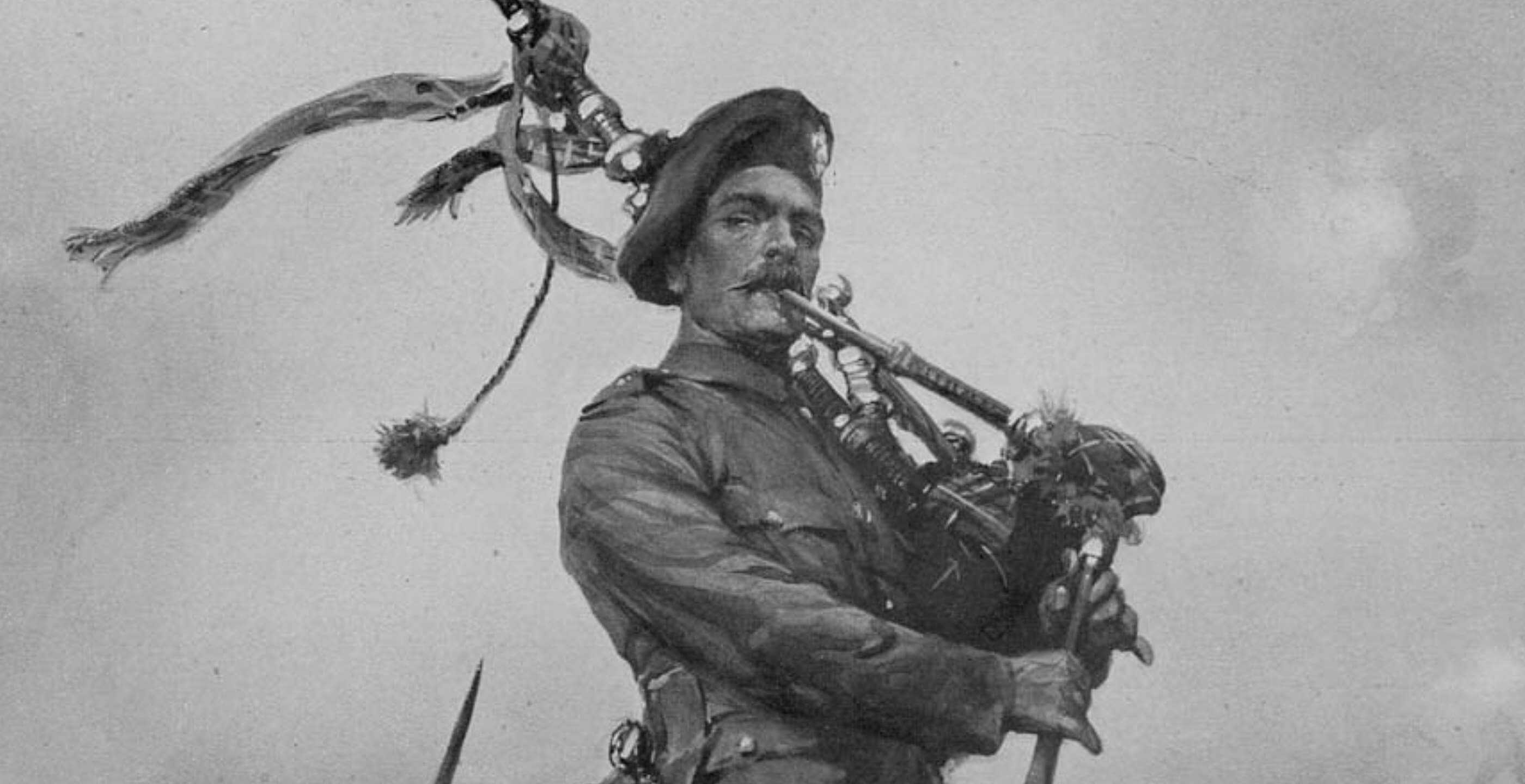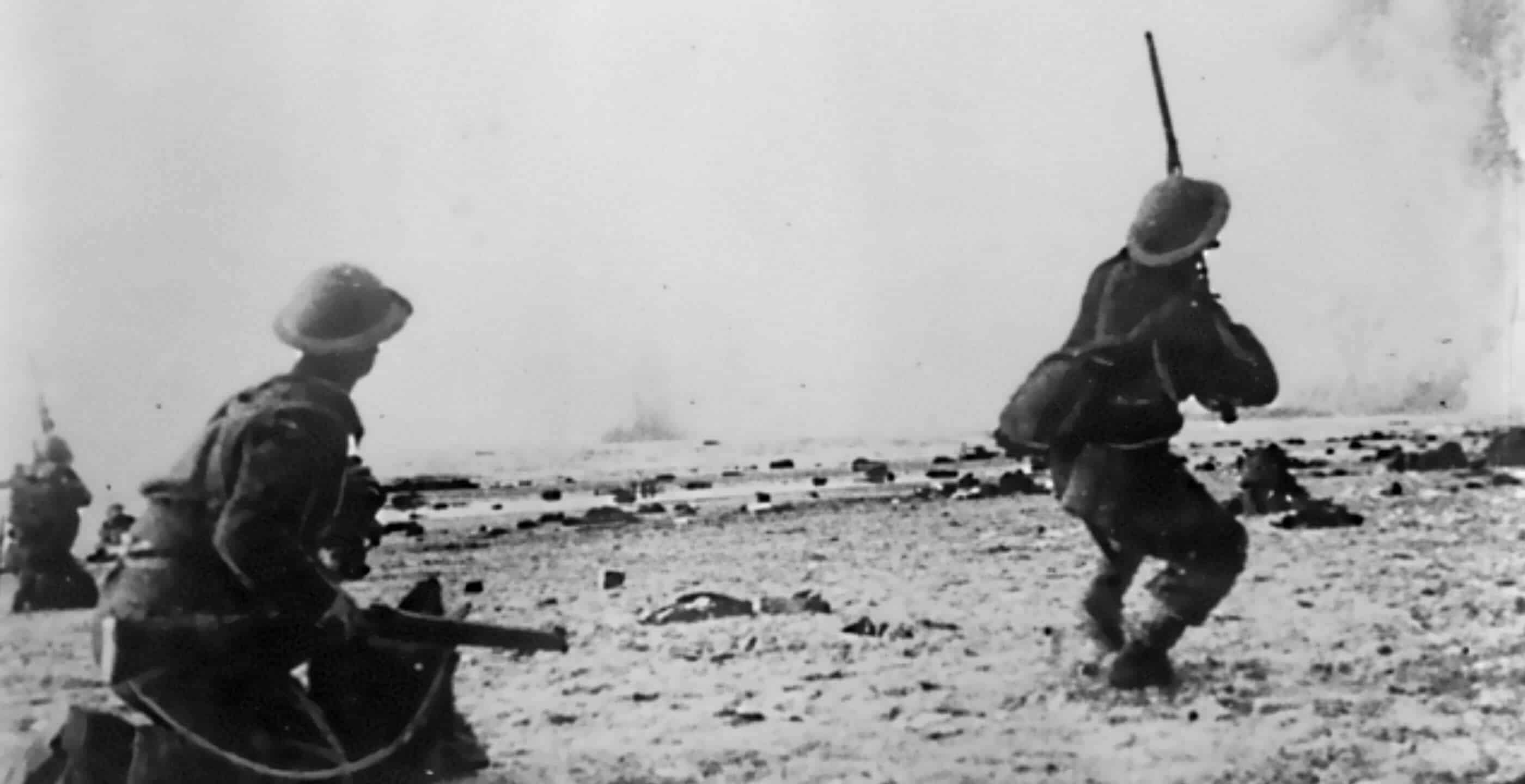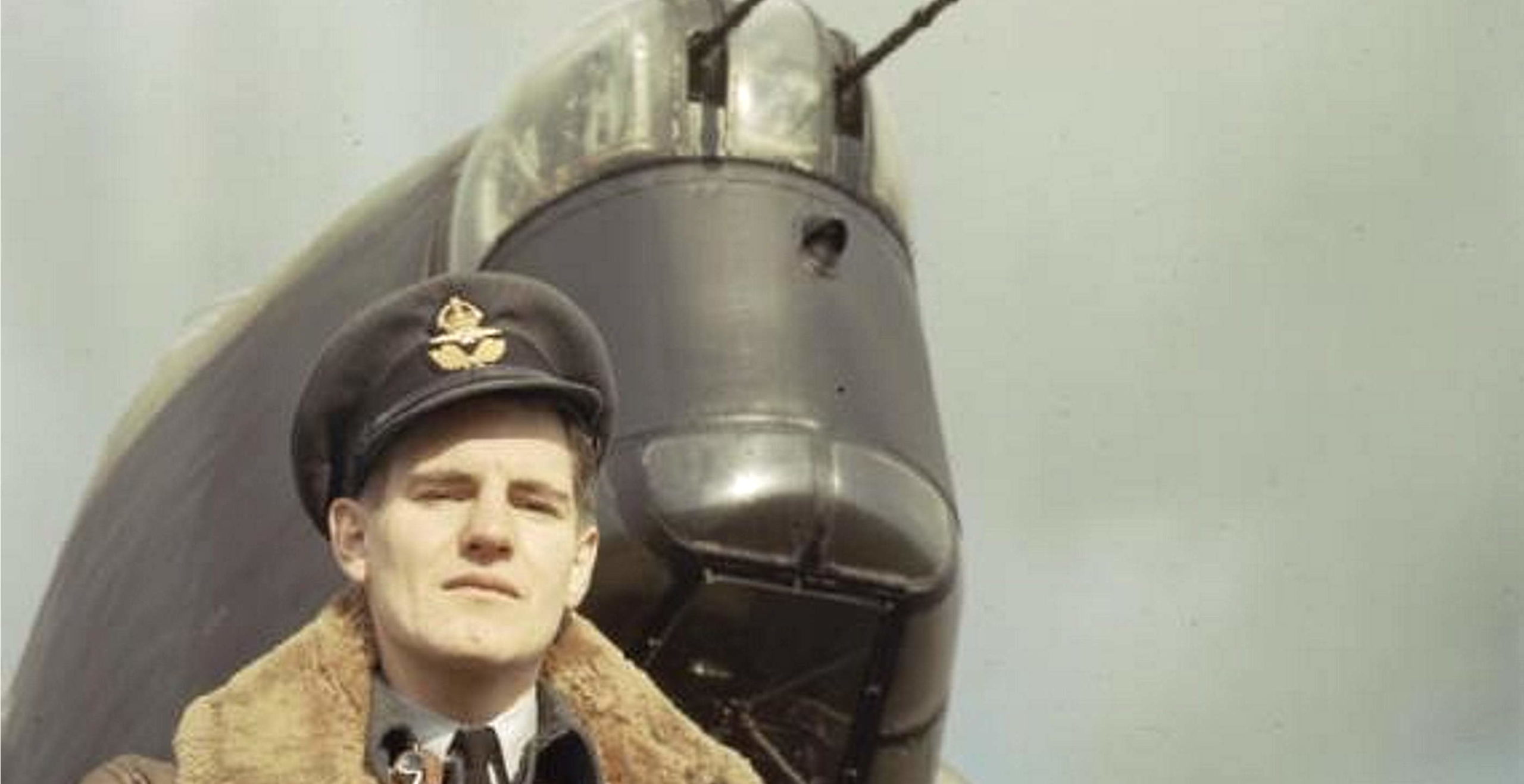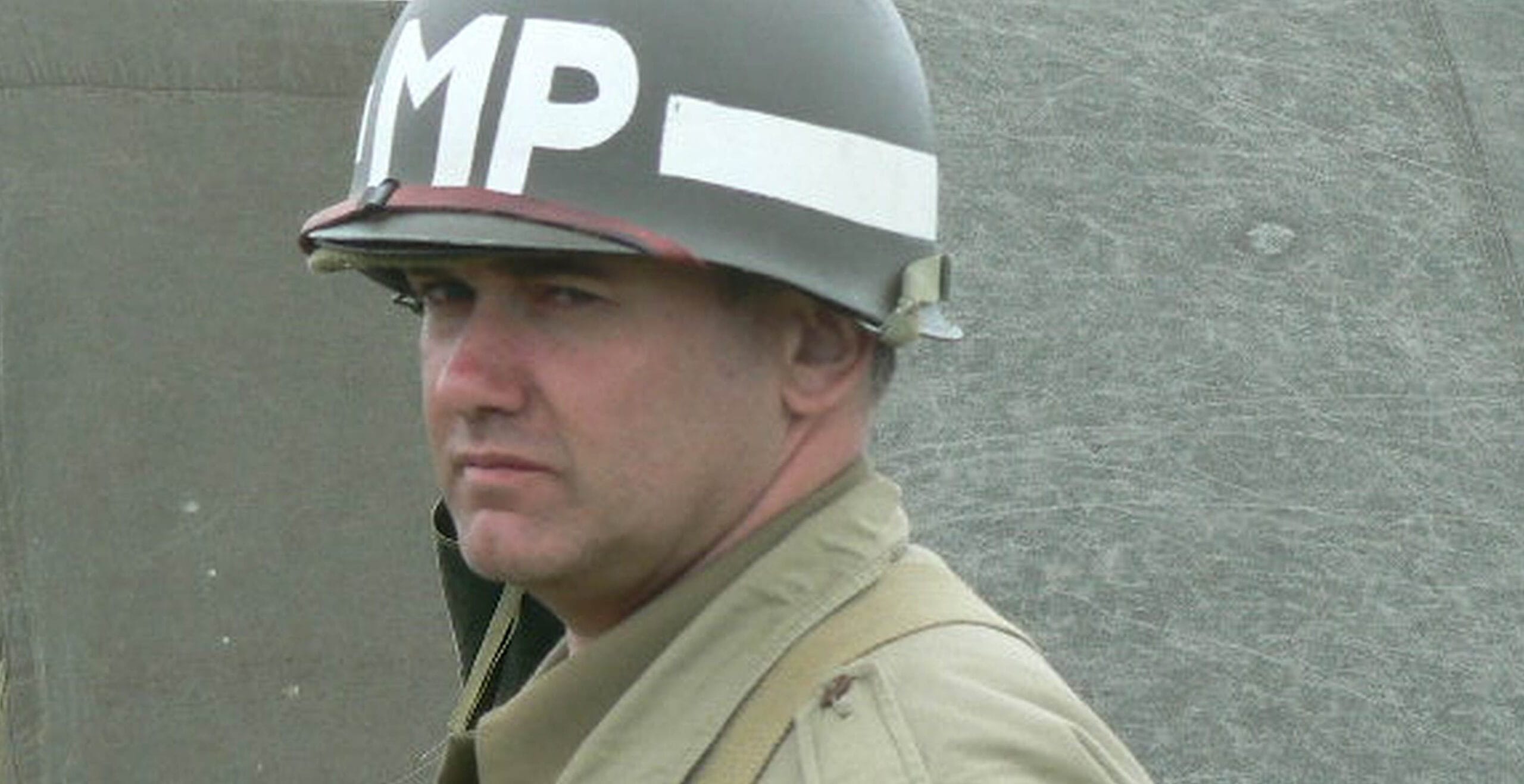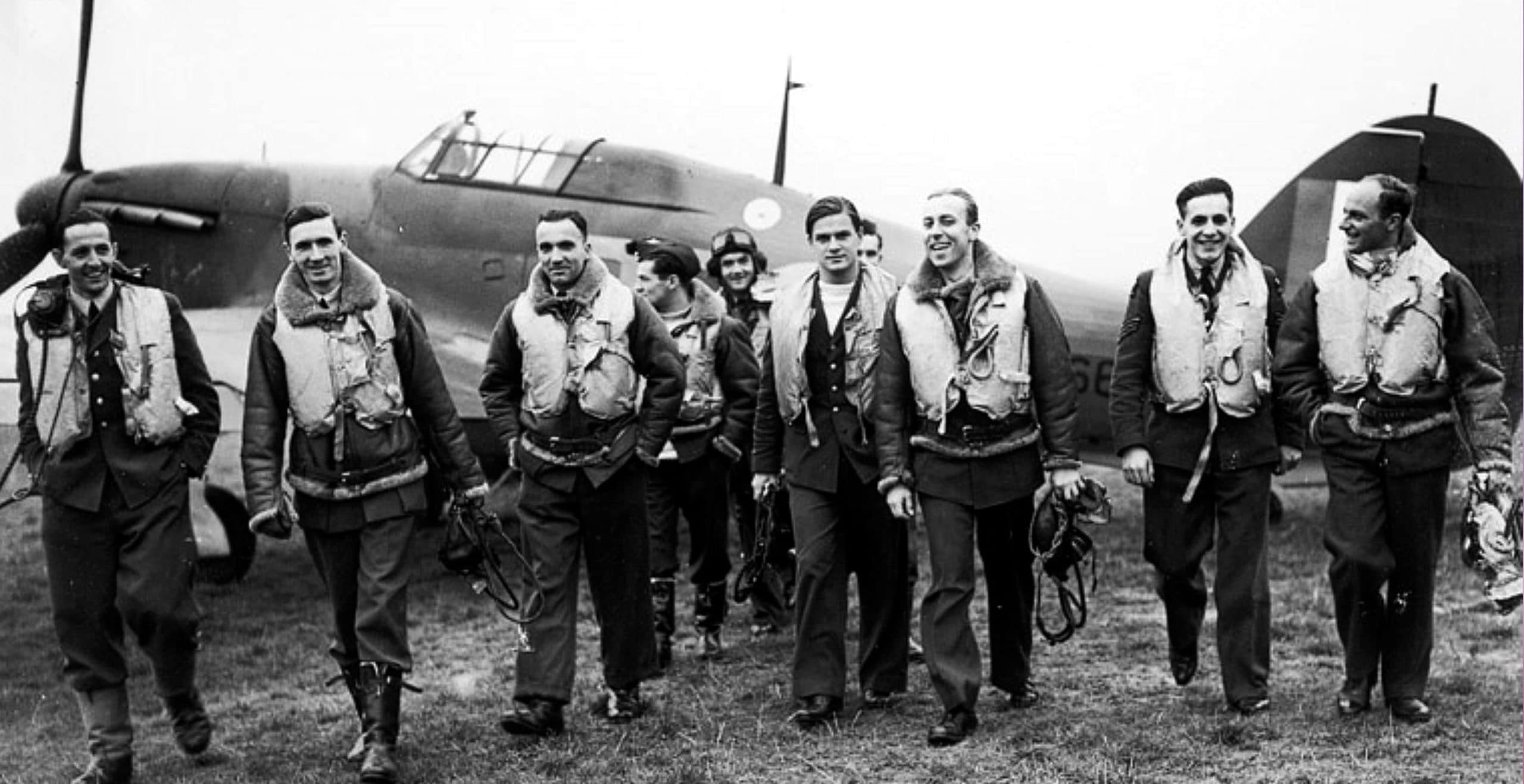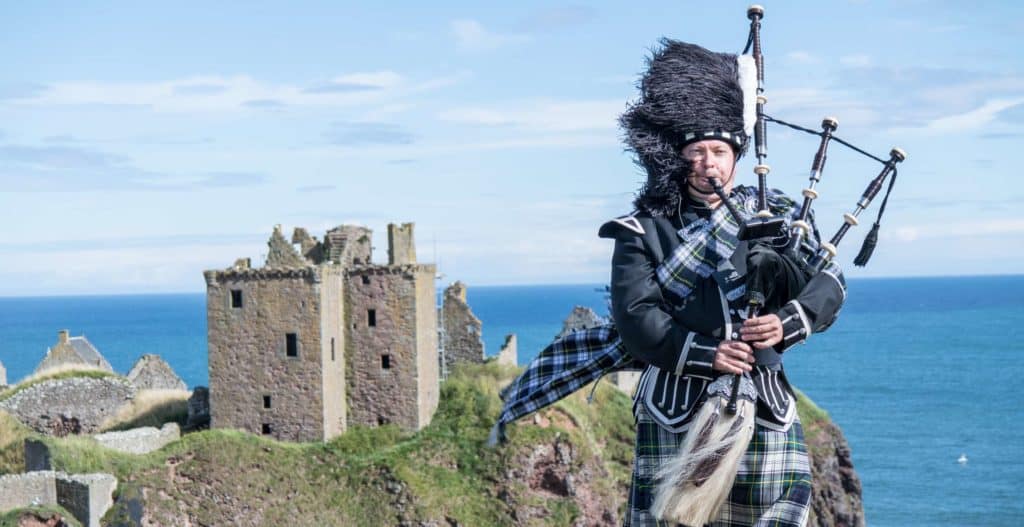In wartime, the line between outstanding bravery and outright folly is finely drawn. So too is the line between taking the initiative in battle and taking unacceptable risks. On the whole, survival is the sole judge of which of the two it is.
Jack Churchill (1906 – 1996), sometimes known as “Fighting Jack” or “Mad Jack” Churchill is an outstanding example of how some individual officers fought World War Two in their own way and on their own terms, and succeeded. He led from the front, and his unique skills and boldness contributed to his own survival and that of his troops.
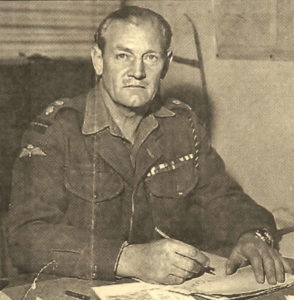
His frequently quoted motto gives a clue to his attitude: “Any officer who goes into action without his sword is improperly dressed”. Jack Churchill also added bagpipes and a bow and arrows to his prerequisites for battle.
Churchill was born in 1906 into a background that was very typical for the period. His father held senior administrative and engineering posts in the colonial service, being based at various times in Ceylon and Hong Kong. The family was back in England at Dormansland, Surrey, at the time of Jack’s birth. Although his father’s family came from Oxfordshire, his name, like that of his younger brothers, reflects ancestry on the Anglo-Scottish border and in the Highlands: he was christened John Malcolm Thorpe Fleming Churchill.
Jack and his brothers, Thomas Bell Lindsay Churchill (1907–1990) and Robert Alec Farquhar Churchill (1911 – 1942) would all achieve fame through their exploits in WWII. Like Jack, Tom joined the Manchester Regiment and then the Commandos, becoming a Major-General; youngest brother Robert (‘Buster’) became a Royal Navy Lieutenant, serving in the Fleet Air Arm. He died in action in 1942.
Jack Churchill was educated at the Dragon School Oxford, King William’s College on the Isle of Man and Sandhurst. In 1926 he was commissioned into the 2nd Battalion, the Manchester Regiment. The start of an adventurous career began when he joined his battalion in Rangoon and was sent to do a signals course in Poona.
On completion, he drove a Zenith motorcycle 1,500 miles across the Indian subcontinent, crashing into a water buffalo at one point. In Burma, he used to cross railway bridges that had open sleepers by stepping onto the sleepers and pushing his bike along the rails.
While with his regiment he became an excellent bagpipe player under the tutorship of the Pipe Major of the Cameron Highlanders. He was also awarded the first of his service medals: the Indian General Service Medal with Burma Clasp.
Back in England, army life seemed dull and Churchill left in order to travel and build a career as an actor and entertainer. He is said to have had a role in the 1924 film “The Thief of Baghdad”, in which he showed off his archery skills. He also represented Great Britain in Norway at the World Archery Championships in 1939.
When war broke out, having remained on the reserve officer list, he was recalled to the colours. His regiment was part of the Expeditionary Force to France. Churchill used his bow and arrows while on patrol, knowing that the bow was an extraordinarily effective weapon in skilled hands as it was silent and accurate up to 200 yards.
When his company was trapped after the Battle of l’Epinette (near Bethune), Churchill killed the first approaching Nazi soldier with his longbow, then used two machine guns to fight back until they ran out of ammunition. He managed to get the remainder of his company to safety by leading them through the enemy lines at night, despite being shot in the shoulder.
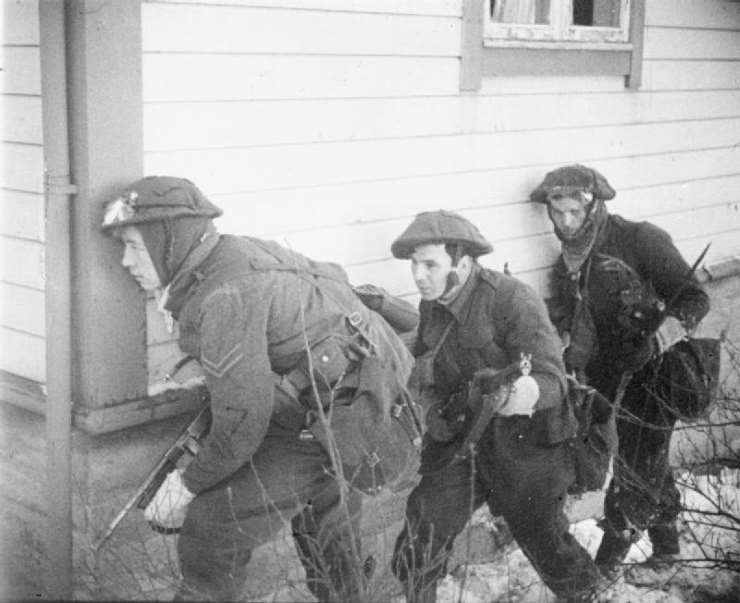
Churchill was a natural for the commandos, and in 1941 he was second in command of the unit that raided the Nazi garrisons, stores and fish oil factories at Vågsøy in Norway. Sir John Hammerton, in his 9-volume “History of the Second World War” noted that Churchill encouraged his men by playing his bagpipes. In fact, Churchill leaped into action playing the “March of the Cameron Men” on the pipes and then hurled the first grenade before charging onwards. He was wearing a basket-hilted sword of the claybeg type.
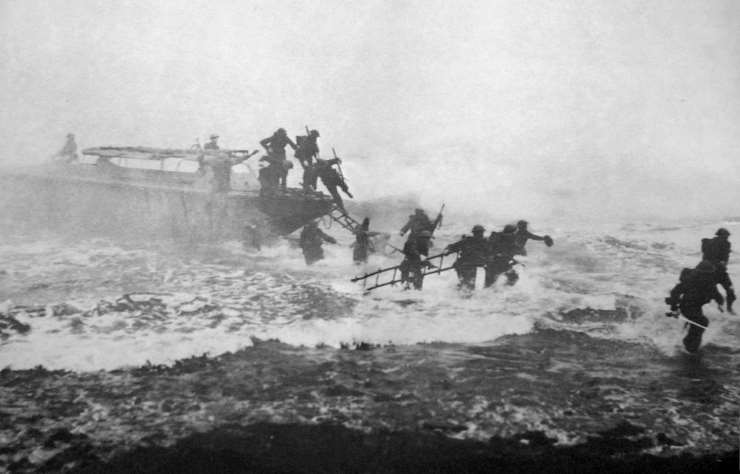
Some remarkable film footage shows both the raid and Jack Churchill playing his bagpipes on deck afterwards, while the rest of the unit dances a Highland fling. Churchill was awarded the Military Cross for his bravery in battle during this raid and the Battle of l’Epinette.
The remainder of Churchill’s war experience was just as astonishing. He led troops through Sicily and during the Salerno landings, encouraging them as always with the sound of the bagpipes. Using just his claybeg, he was responsible for the capture of 42 German troops and a mortar crew. Although recommended for the Victoria Cross, he was actually awarded the DSO. Twice.
Later he fought in Yugoslavia, where he was captured and sent to Sachsenhausen concentration camp. He is said to have been playing “Will ye no come back again” on the bagpipes when a grenade exploded nearby, knocking him out.
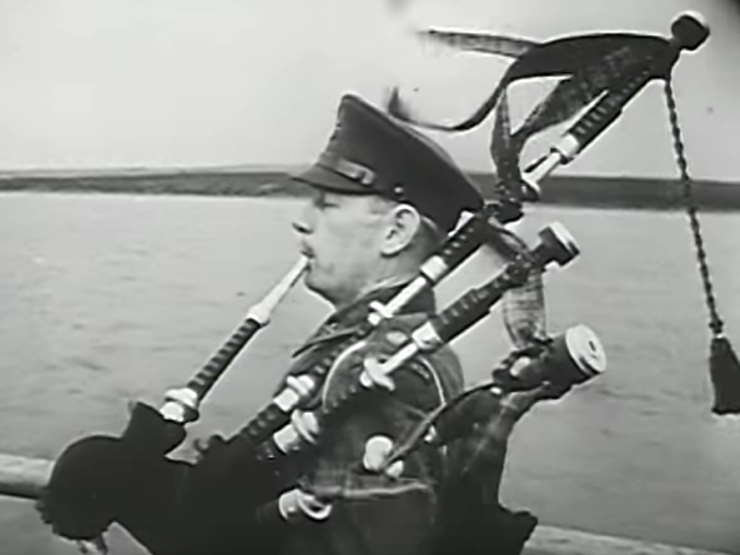
By this time, Jack Churchill was a colonel and his captors assumed at first that he was related to Winston Churchill. He received no preferential treatment though, but was chained up in a cell with various Austrian dignitaries. He tunnelled his way out only to be recaptured and sent to a POW camp in Austria. Unsurprisingly, he managed to escape again and walked across the Brenner Pass to Italy.
Churchill nearly served in the Pacific too, having been sent to Burma where fighting was intensifying. However, by the time he arrived there the war was over, prompting his oft-quoted comment: “If it wasn’t for those damn Yanks, we could have kept the war going another 10 years!”
After the war, Churchill served with the Seaforth Highlanders and then the Highland Light Infantry, saving the lives of 500 patients and staff at the Hadasseh Hospital near Jerusalem. On his return to England, he became involved in the Army Apprentices scheme, refurbished steamboats, and continued motorcycling.
When on his way home on the train from one of his jobs, he used to take passengers by surprise by suddenly flinging his briefcase out of the window. What they didn’t know was that he was aiming it accurately into his garden as the train passed. At home, according to his son, he was a peace-loving and unassuming man. “People are less likely to shoot you if you smile at them,” was another of his favourite sayings.
He was made the hero of a comic strip and the subject of several books, including one by his brother Tom and a compilation volume by the Norwegian Royal Explorers Club. Espen Lazarus, co-founder of the club, said: “I would rate Jack Churchill as one of, if not the most, inspirational and impressive people we have researched in relation to the book”.
John Malcolm Thorpe Fleming Churchill, DSO & Bar, MC & Bar died at the age of 89 in Surrey. It’s doubtful we shall see his like again!
For film footage of Jack Churchill on the Vågsøy commando raid, see…https://www.youtube.com/watch?v=srONN0g-6j4
Miriam Bibby BA MPhil FSA Scot is a historian, Egyptologist and archaeologist with a special interest in equine history. Miriam has worked as a museum curator, university academic, editor and heritage management consultant. She is currently completing her PhD at the University of Glasgow.
